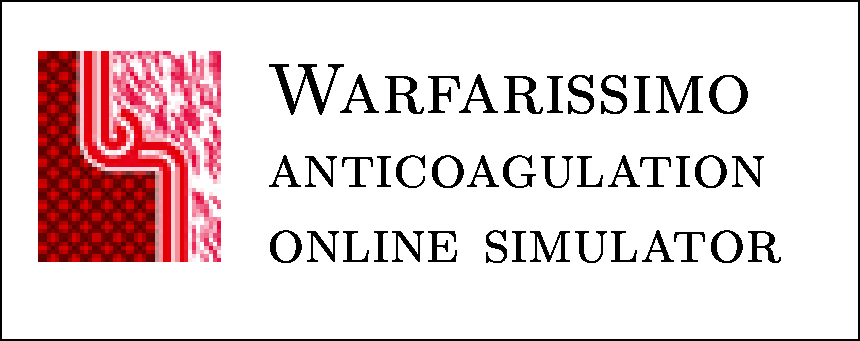
Publications
Incremental parameter evaluation from incomplete data with
application to the population pharmacology of anticoagulants.
M.O. Vlad, A.D. Corlan, F. Moran, P. Oefner, J. Ross.
Proc Natl Acad Sci U S A. 2008 Mar 25;105(12):4627-32.
ABSTRACT: We develop a method for parameter evaluation from
incomplete data. Improved estimates of the desired parameters are
evaluated step by step, from experiment to experiment by using both
Bayesian and informational methods. We make dynamical, improved
predictions while the experiments are still going on and keep and
interpret information about local fluctuations, which is lost on
applying global techniques. The input of information in small packets
leads to semi-analytic methods for data processing. An evolution
criterion for parameter evaluation, similar to Fisher's theorem of
population selection, is derived. We develop direct processing
methods, which can be applied to low dimensional systems,
semi-analytic methods based on direct or double logarithmic phase
expansions, steepest descent approaches, variation and perturbation
methods. The techniques are illustrated by developing a method of
long-term planning of treatments with oral anticoagulants based on
limited clinical data. The efficiency of treatment by oral
anticoagulants depends strongly on various anthropometric and
genotypic factors, which lead to large variations of the clinical
response. We use the clinical data, which accumulates from medical
consultations, for extracting improved, incremental information about
the statistical properties of the kinetic and anthropometric
parameters for a given patient, which in turn is used for making
repeated, improved clinical predictions as the treatment proceeds.
[PubMed] [publisher full
text]
Acenocoumarol administration at fractional time intervals
O. Parvu, A.D. Corlan,
Revista de medicina si farmacie -- Orvosi es Gyogyszereszeti Szemle 2006, 52,
suppl D: 209-212
Quantitative consequences of the pharmacological model
of oral anticoagulant action, explored through computer simulation
A.D. Corlan, I. Corlan, C. Constantinescu. Terapeutica, Farmacologie
si Toxicologie Clinica 2003, 7(3), 39-54.
ABSTRACT: There is, yet, no satisfactory method to control the therapeutic response to oral anticoagulants. Anually, over 6% of chronically anticoagulated patients suffer a major bleeding event, including almost 1% who die as a consequence of the therapy. The anticoagulation level is maintained within therapeutic limits, overall, only for 60% of time.
Many recent studies present quantitative results of isolated aspects of the pharmacokinetics and phamacodynamics of oral anticoagulants. The simulation system (usable with a browser at warfarissimo.corlan.net) presented in this paper integrates results on the absorbtion and distribution of the R and S enantiomers of warfarin and acenocoumarol, genetical varieties of their elimination due to mutations of the cytochrome P-450 2C9 gene, the effect on vitamin-K-2,3-epoxide reductase and quantitative changes in the methabolism of vitamin K, the effect of reduced vitamin-KH2 on the synthesis of factors II, VII, IX and X, protein C and protein S, the effect of their changed synthesis and elimination on the INR.
With this simulator we explore the effect of various regimens of anticoagulant administration on the INR, as a function of genetical and constitutional parameters. We reproduced the effect on INR as seen in most patients. The reduction of CYP2C9 activity led to a detectable change in the S-/R-warfarin ratio, as reported in the literature. The use of a variabile daily dose of acenocoumarol, such as a 2-2-2-2-1 scheme or the administration at a random hour each day led to a 200% increase in the range of the INR compared to regimens with a fixed dose at the same hour daily.
[Terapeutica] [postprint (PDF), in Romanian]
*We will only use your e-mail address to answer your message.
(c) 2002-2008 A.D. Corlan







